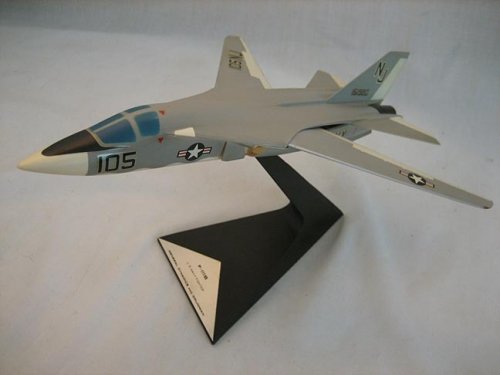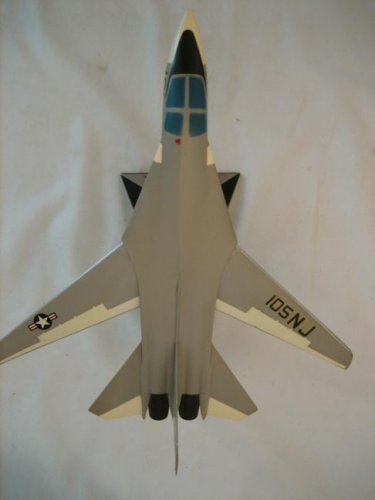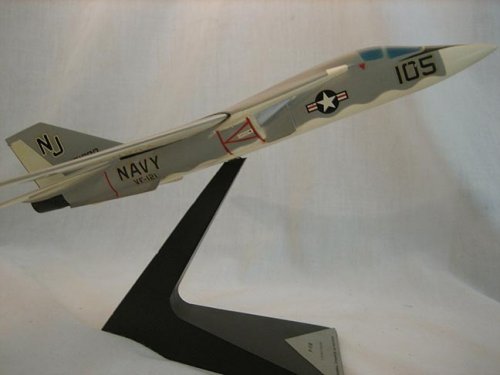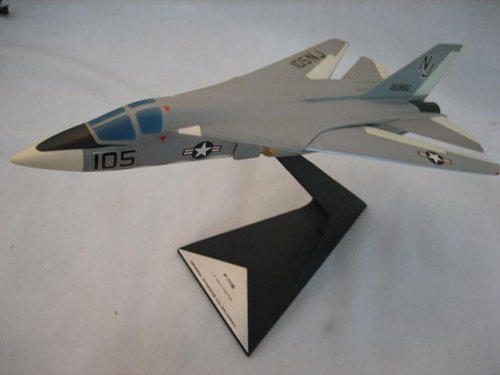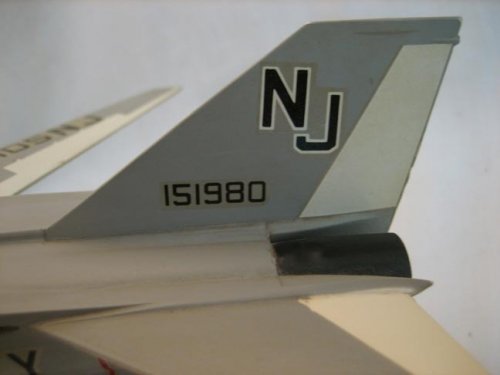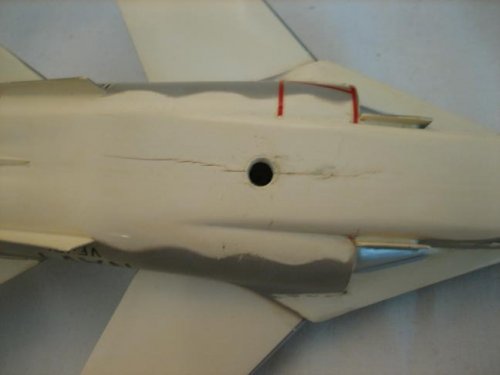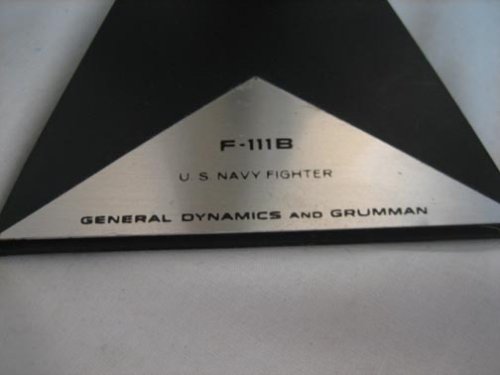I found this while surfing for F-111B material today.
David W.
Tailspin Turtle said:For a complete and more-balanced history on the F-111B, order my monograph on the F-111B from Ginter Books: http://www.ginterbooks.com/NAVAL/NF41.htm
flateric said:Well, actually, this is only book that has anything on F-111B that lasts more than one page and two photos)
TT, I wonder, if you ever came across of good F-111B general arrangement drawings?
Evil Flower said:That's funny considering the side by side requirement came from them to begin with.
That's funny considering the side by side requirement came from them to begin with.
KJ_Lesnick said:Yeah but the Missileer was subsonic...
KJ_Lesnick said:How did the Trainer versions of the Lightning compare to the regular versions in performance?
Colonial-Marine said:The USAF was obviously focused on getting a new interceptor, but during the development of the F-111B, was a ground attack capability considered? Theoretically it could have replaced the A-6, although I suppose most A-6s were still young at the time.
Thorvic said:Colonial-Marine said:The USAF was obviously focused on getting a new interceptor, but during the development of the F-111B, was a ground attack capability considered? Theoretically it could have replaced the A-6, although I suppose most A-6s were still young at the time.
Think you mean USN ?
But you are right should the USN have considered the F=111 as a possible carrier bassed strike aircraft, for that matter should the USAF looked at F-111B as an interceptor as its systems were designed to intercept Soviet bombers at long range !
G
I think you got it right when you wrote that "most A-6s were still young at the time." After a rocky start, they provided a formidable all-weather heavy attack capability for decades. There's also only so much money for development and the attack community priority at the time was a replacement for the AD Skyraider, which resulted in the A-7. In any event, my guess is that the Admirals were not about to do anything that made the F-111B program more attractive to DoD like creating another role for it.Colonial-Marine said:What would have made the F-111 design a poor strike aircraft for the Navy? Already too heavy as it was without a full load of bombs? Or did the Navy have a preference for the loiter time provided by a subsonic aircraft like the A-6 and decades later the A-12?
F-14D said:Thorvic said:Colonial-Marine said:The USAF was obviously focused on getting a new interceptor, but during the development of the F-111B, was a ground attack capability considered? Theoretically it could have replaced the A-6, although I suppose most A-6s were still young at the time.
Think you mean USN ?
But you are right should the USN have considered the F=111 as a possible carrier bassed strike aircraft, for that matter should the USAF looked at F-111B as an interceptor as its systems were designed to intercept Soviet bombers at long range !
G
A strike F-111 for the Navy would have been very expensive and probably wouldn't have worked all that well. USAF wanted the F-12B, which would have been a much better fit, but McNamara wanted to ram an interceptor version of the F-111 down their throat to the extent that he had the Blackbird production line destroyed.
Tailspin in his post made a good point. Fleet Air Defense/Phoenix was not the primary role/requirement of what would become the F-14.
Rosdivan said:F-14D said:Thorvic said:Colonial-Marine said:The USAF was obviously focused on getting a new interceptor, but during the development of the F-111B, was a ground attack capability considered? Theoretically it could have replaced the A-6, although I suppose most A-6s were still young at the time.
Think you mean USN ?
But you are right should the USN have considered the F=111 as a possible carrier bassed strike aircraft, for that matter should the USAF looked at F-111B as an interceptor as its systems were designed to intercept Soviet bombers at long range !
G
A strike F-111 for the Navy would have been very expensive and probably wouldn't have worked all that well. USAF wanted the F-12B, which would have been a much better fit, but McNamara wanted to ram an interceptor version of the F-111 down their throat to the extent that he had the Blackbird production line destroyed.
Tailspin in his post made a good point. Fleet Air Defense/Phoenix was not the primary role/requirement of what would become the F-14.
With regards to the F-12B, wouldn't the pre-breathe requirement as well as the A-12/SR-71s leakiness which required refueling after takeoff have mitigated against it's effectivness as an interceptor?
Nice rare Precise Models General Dynamics F-111B fighter Jet. This plane was never produced for the Navy. Precise only made a few of these. Wings are movable. The only issue is that the little round metal piece underneath that attaches to the stand has come off ( it is glued to the metal pin on top of the stand. ) There is also a crack in the plastic around that place ( see pics ) Easy restorable. Plane displays great. Plane itself measures 10" long.
